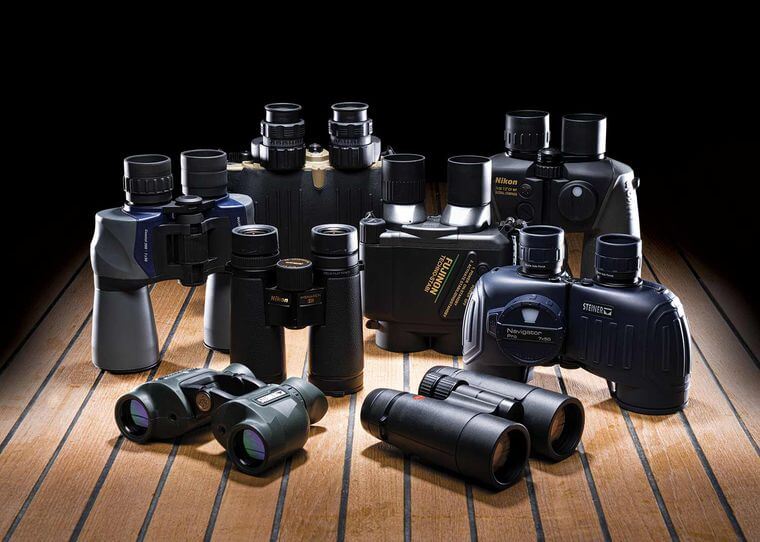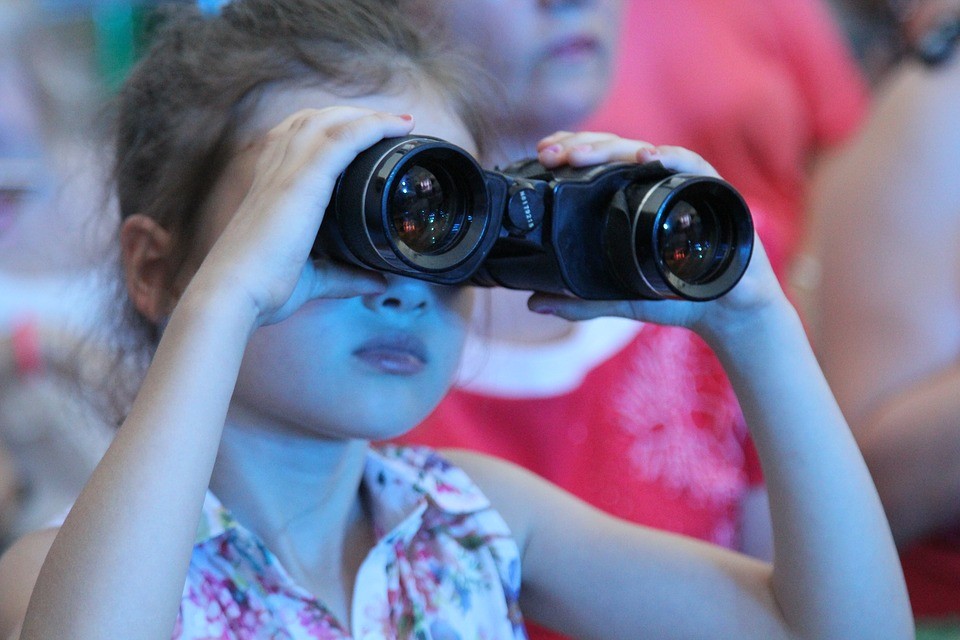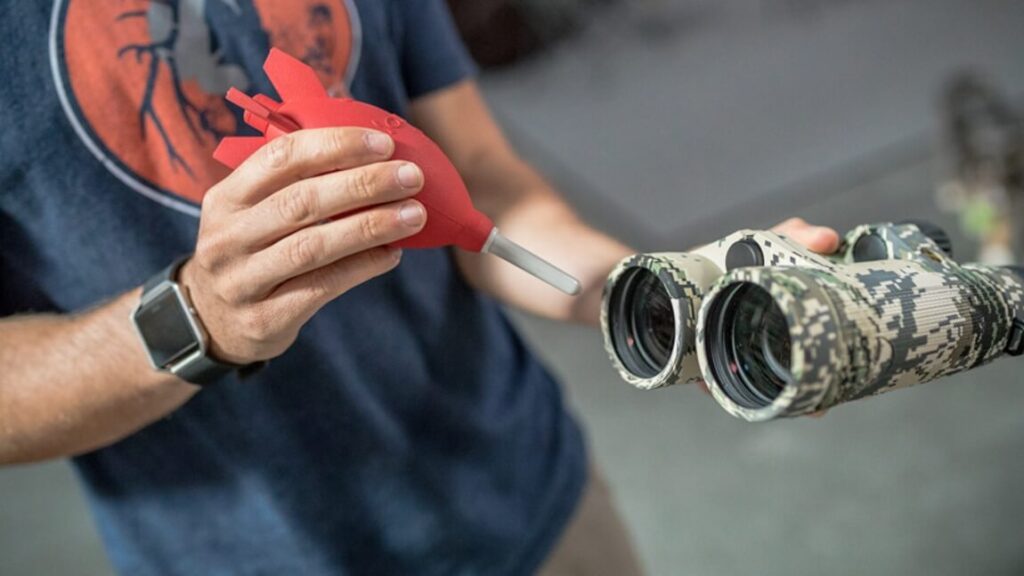

Binoculars are great equipment that can help you see things better by spotting out the details. However, that is how far some people know, and they tend to miss the benefits that the variations of binocular sets offer. If you are familiar with binocular variations, then the 10×50 and 12×50 variation are common competitors that tend to offer similar and yet distinct benefits. These two binoculars have been a source of arguments for as long as variations became a thing, and when making a buying choice on which one to go for, it may become much more difficult to know the one to go for.
Firstly, binoculars are more than just two small telescopes as they have a focusing ring and have features that make them much more pleasing to use. The features of binoculars are highly subjective to the variation and the manufacturing company, so while you will get a different experience with different variations, you could also experience this when buying the same variations from an average and good company, respectively. This article will outline the difference between the 10×50 and the 12×50 to make your decision easier.
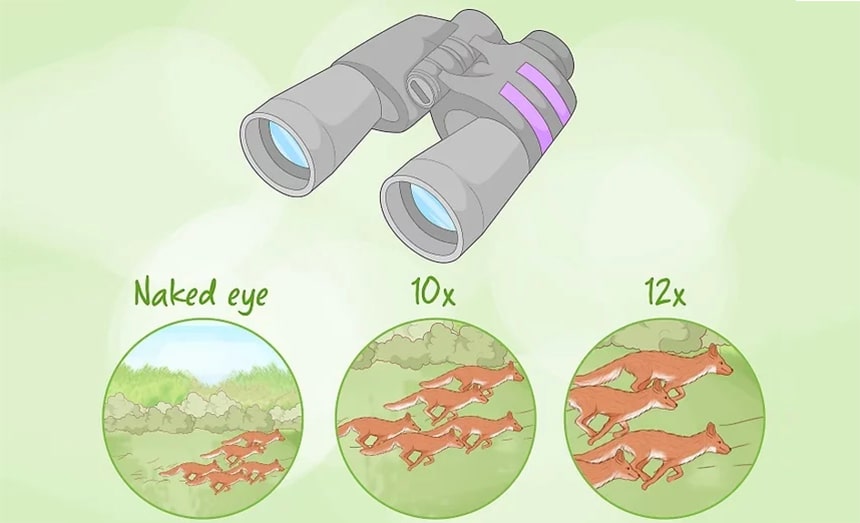
When considering affordable binoculars, the 10×50 is a top choice to consider as it is effective and easy to manage while also offering a quality view.
The magnification Trusted Source Magnification - Wikipedia Magnification is the process of enlarging the apparent size, not physical size, of something. This enlargement is quantified by a calculated number also called “magnification”. When this number is less than one, it refers to a reduction in size, sometimes called minification or de-magnification. en.wikipedia.org power of binoculars is an extremely important feature and determines the view that you get to enjoy. Getting the magnification of a binocular is extremely easy as it is the first number just before the ‘x’s in a binocular variation.
For the 10×50, the magnification is 10, while for the 12×50, the magnification is 12. For a magnification of 10, you will get to see a target object 10 times as they are if you were to look at them with your eyes. For 12, you get to the same object 12 times as big.
So the higher the magnification power, the better the view. However, this does not necessarily mean that the 12×50 is better than the 10×50. For all the magnifying power of the 12×50, the 10×50 offers better stability and a better surround view of the object. The SkyGenius 10 x 50 Binoculars is a top example of the variation as it provides a better field of view.
The ’50’ in the 10×50 states the diameter of the binocular lens Trusted Source Objective (optics) - Wikipedia In optical engineering, the objective is the optical element that gathers light from the object being observed and focuses the light rays to produce a real image. Objectives can be a single lens or mirror, or combinations of several optical elements. They are used in microscopes, binoculars, telescopes, cameras, slide projectors, CD players and many other optical instruments. Objectives are also called object lenses, object glasses, or objective glasses. en.wikipedia.org , which is also very important. The bigger the diameter lens, the clearer the viewed object as a bigger lens allow more light and makes the lens capture better. The 10×50 is the perfect size for you if you love sightseeing and won’t be getting any support in holding your binoculars.
Pros
Cons
In the wild, you may prefer to get a device with high magnification, and the 12×50 offer such magnification as it makes your target object 12 times larger than your eyes can view. It is essential that to note that with the higher magnification comes less stability and focus. This means that the slight movement of your hands will be magnified when viewing, which will generally make you lose focus easily.
The objective lens diameter of the 12×50 is the same as the 10×50, and both will offer the same clear details. Just that the magnification of the 12×50 will make the details appear better and closer.
The 12mm is a good choice as it allows a better view compared to a lesser diameter and does not cause hand strain as bigger variations would have caused.
This section highlights the pros and cons of the 12×50.
Pros
Cons
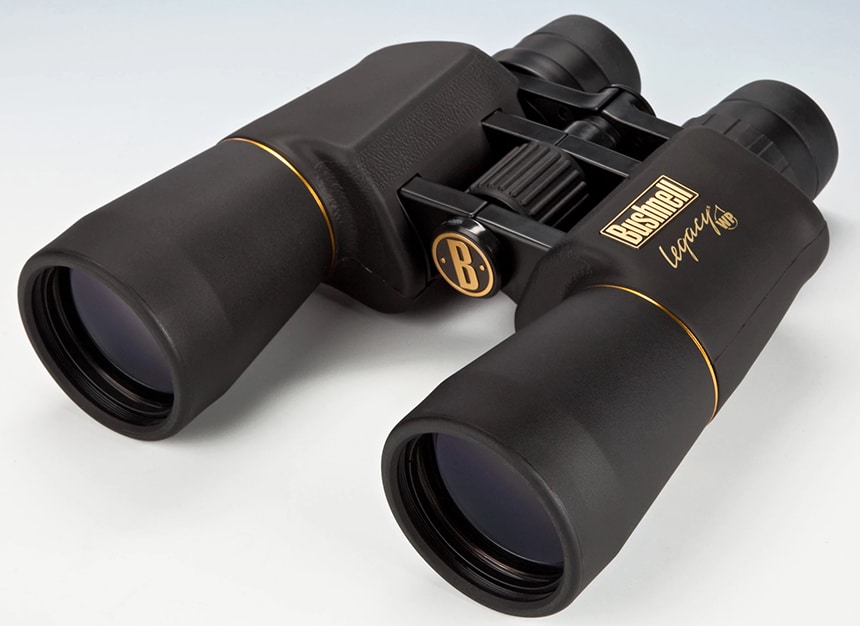
Some binoculars are cheap but very effective, and the 10×50 and 12×50 binoculars gen rally fall between this category. Therefore, you won’t be making a mistake if you choose to get any of the two. Both offer a level of efficiency that may not be easy to get from the other.
The 10×50 is undoubtedly great for field of view and enhances steadiness as long as you do not zoom in, while the 12×50 is greater in getting the details extremely far away. In the wild, the 12×50 may be the preferable choice, especially if you are looking to spot the flapping wings of birds, the distinct strand of animals hidden between bush, and a host of other advantages. The 10×50, on the other hand, offers more stability and a better surrounding view which is known as the field of view.
The Bushnell Legacy WP 10-22x50mm is a top-notch binocular that offers the possibility of getting a magnification of 10x to 12x to 22x. Hence, you can get this binocular if you are a little confused about getting out of the two. Therefore, the goal when making a purchasing choice is not to take sides in the 10×50 Vs. 12×50 debate. It has to depend on the benefits that both offer to your need and which solves it better.


